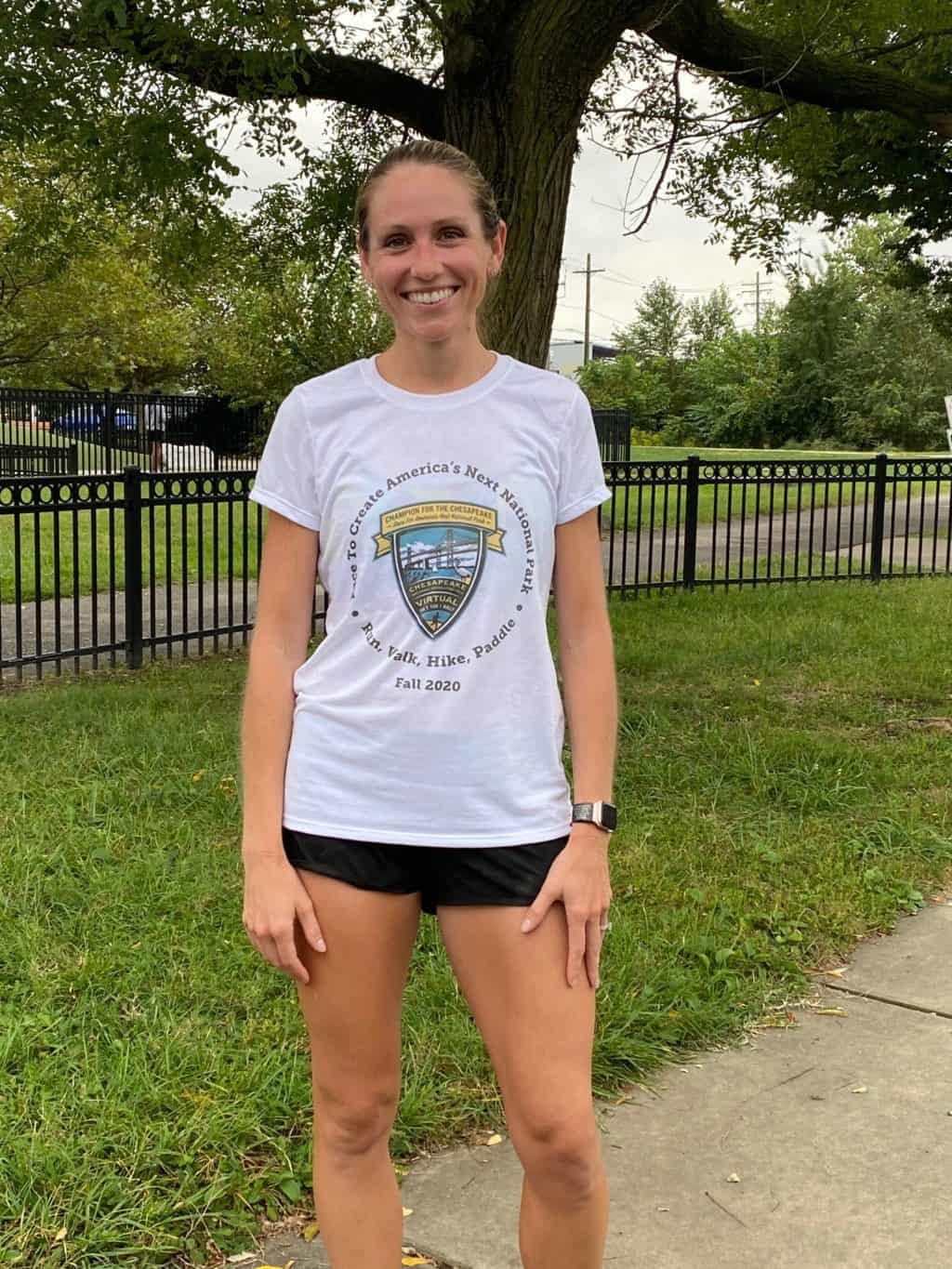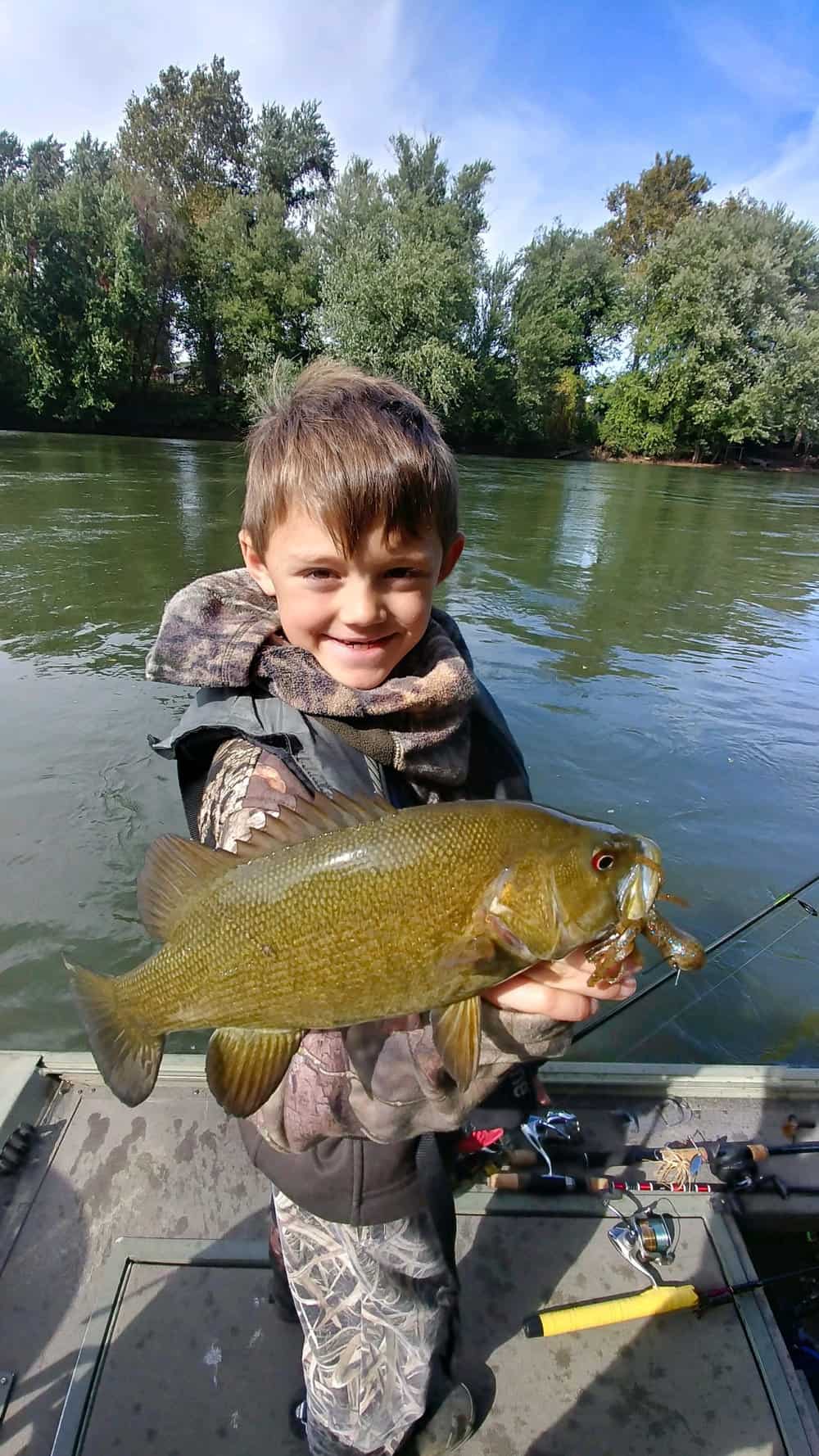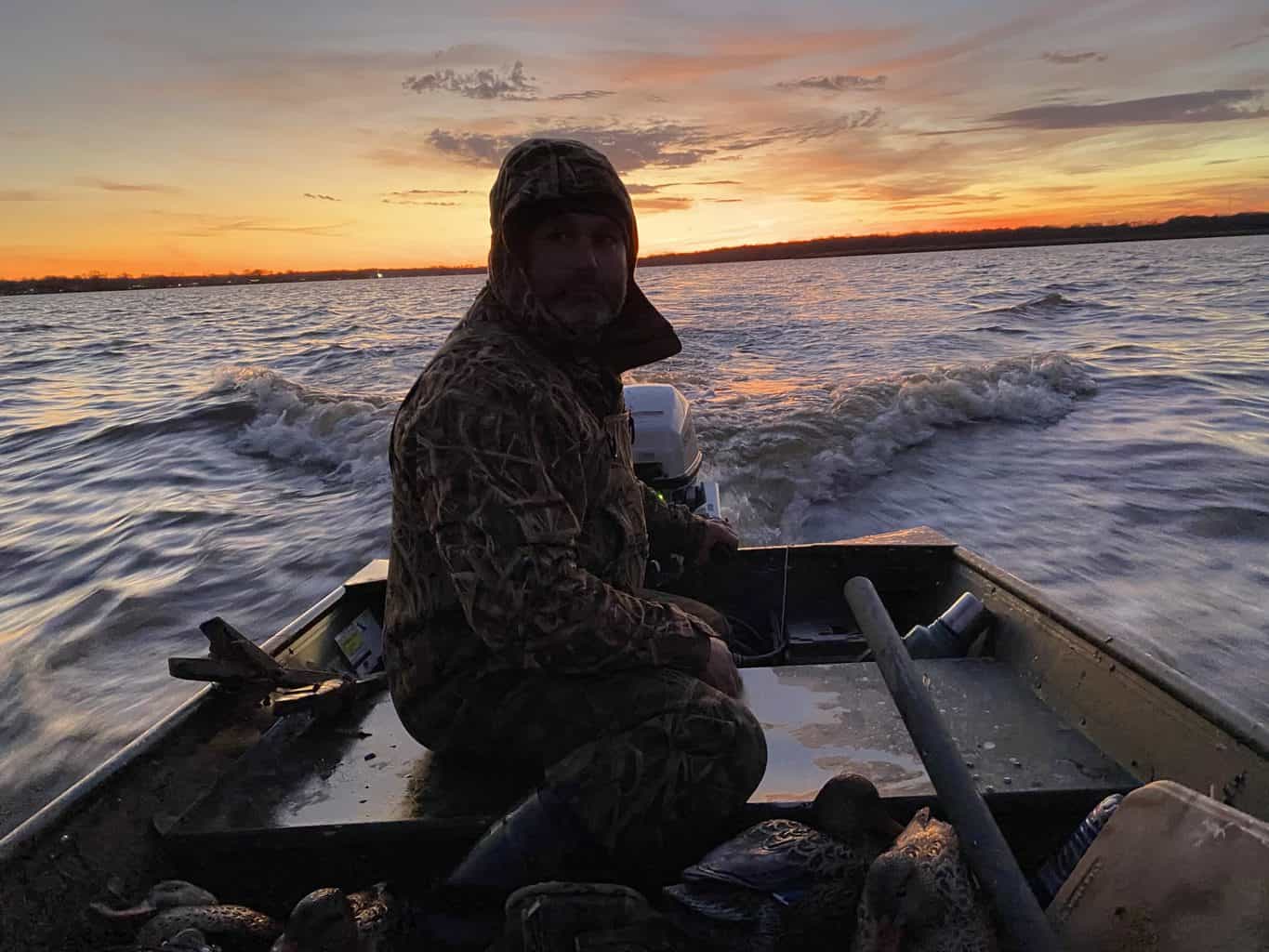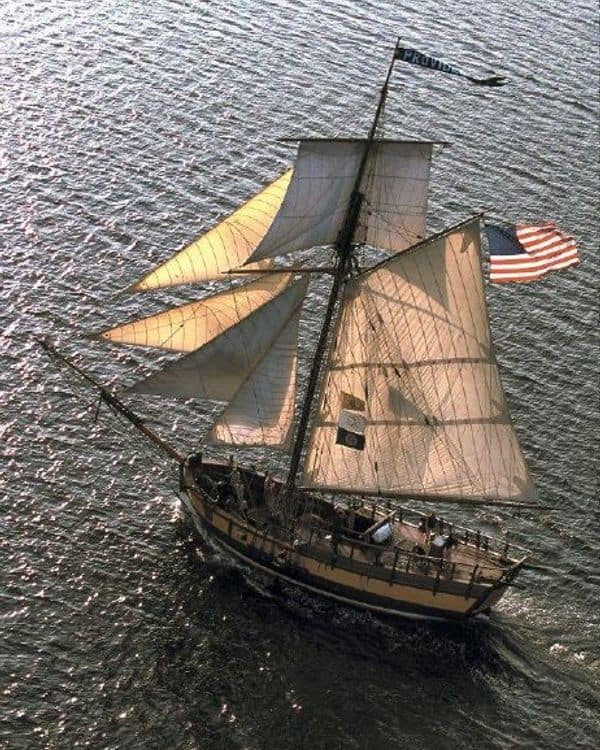There are a handful of U.S. national parks in the Chesapeake region, but one Bay nonprofit wants the entire Chesapeake Bay to enjoy National Park Service status—and the perks that go with it.
On Saturday, National Public Lands Day, Chesapeake Conservancy launched the “Champion for the Chesapeake” virtual race, running through November 14. It raises funds for the conservancy’s efforts to establish a Chesapeake National Recreation Area.
The race works like a traditional run, with a shirt, medal and bib. And you can choose your distance: 5k (3.1 miles), 10k (6.2 miles), or half marathon (13.1 miles). But you choose the when and where.
“You can run, walk, hike, or paddle your race wherever you want, even on a treadmill,” said Chesapeake Conservancy’s Vice President of Development Matthew Provost. “But what better way to show your support for the Chesapeake than to get out in nature!”
As CBM’s editorial director and a 40-mile-a-week runner, I jumped at the chance to write about the Champion for the Chesapeake virtual race, and—naturally—to run it.
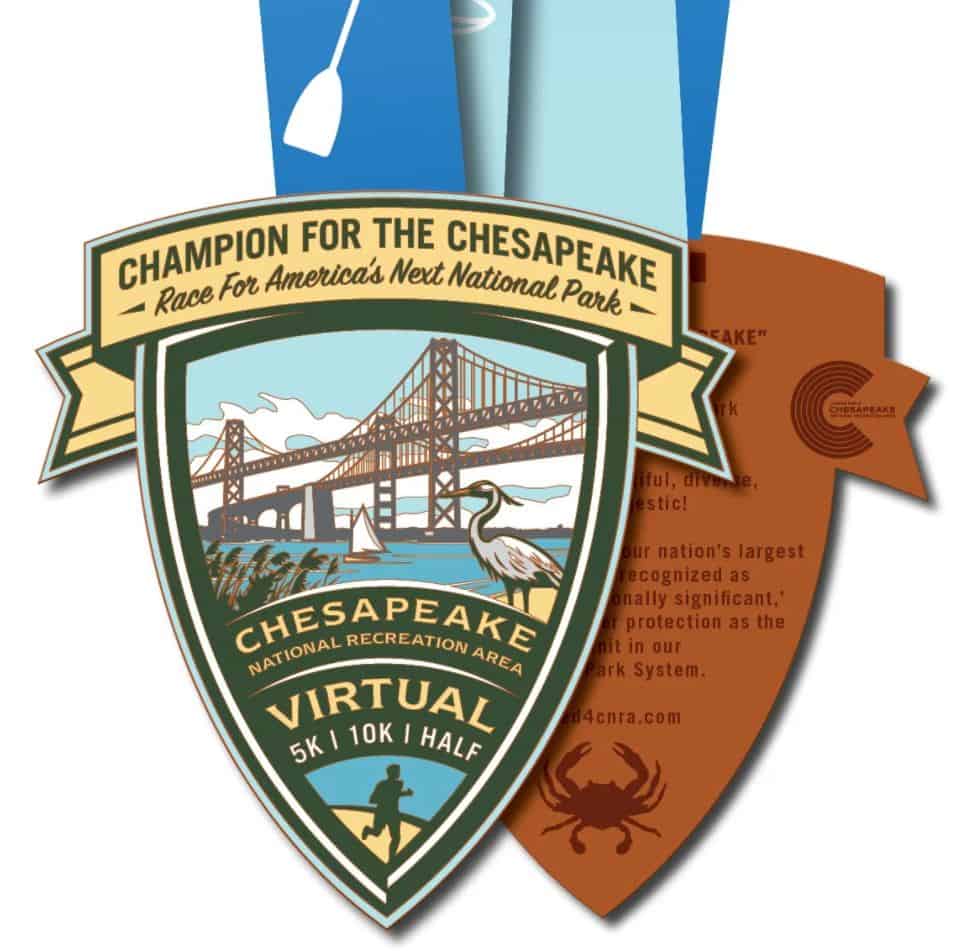
Of the existing Chesapeake sites recognized as national parks, Fort McHenry is the one nearest to my heart (and my home), so I plotted a 10k course that would end with a loop around the fort, complete with views of the Francis Scott Key Bridge, the Patapsco River, and beyond.
I set out on my own, with no starting gun or competitors to line up with. As I hustled around the Baltimore harbor, I passed Fells Point, where War of 1812 clipper ships were built; the National Aquarium, where a floating wetland grows in the harbor; and the Downtown Sailing Center, an inclusive facility that makes sailing accessible even to inner-city families.
Reaching Fort McHenry, I was greeted with one of the Chesapeake Bay’s most significant historical sights: the huge, 1812-replica American flag flying high above the fort. What would it mean, I wondered, if the resources, expertise, and access that come with the National Park Service were available to all corners of the Bay?
The National Recreation Area would consist of “a collection of areas that celebrate the many stories of the Chesapeake from those of American Indians, to Black history, to watermen, just to name a few,” explains Chesapeake Conservancy President and CEO Joel Dunn. “[It] would elevate the Chesapeake Bay and bring additional national and international recognition.”
Other National Recreation Areas include Golden Gate in San Francisco, Gateways in New York and New Jersey, and Boston Harbor Islands. There are 18 across the country, which include some of the most-visited parks in the nation. These recreation areas often explicitly allow boating, fishing, and hunting, and feature expanded recreational access.
As Chesapeake Conservancy points out, the Bay is formally recognized by the National Park Service (NPS) as nationally significant. It’s the largest estuary in the U.S. and the focus of one of the largest environmental restoration efforts in the world. For these reasons, the nonprofit argues, it’s only right for the Bay to be recognized as an NPS unit.
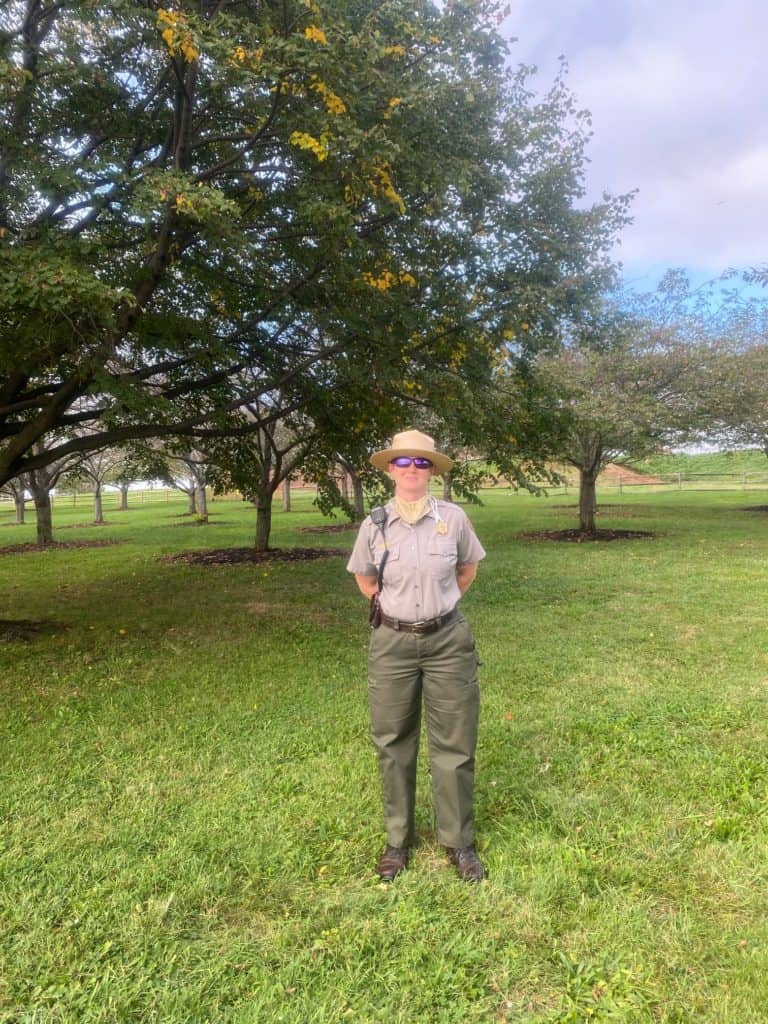
And virtual race participants agree. Only two days into the event time window, the race had seen competitors from as far away as California and Texas. As for me, I finished my race along a half-mile stretch of wide open shoreline at Fort McHenry. As I took in the moment, NPS Ranger Shannon politely let me know the park gates would be closing in eight minutes. Her friendly manner—and willingness to let a sweaty, panting runner stay onsite just a few more minutes—underscored the value of seeking out NPS status for the Chesapeake.
If you’d like to run, walk, bike or paddle the Champion for the Chesapeake virtual race, visit www.virtualrunningclub.com/events/champion-chesapeake or follow the link from www.chesapeakeconservancy.org.
-Meg Walburn Viviano

